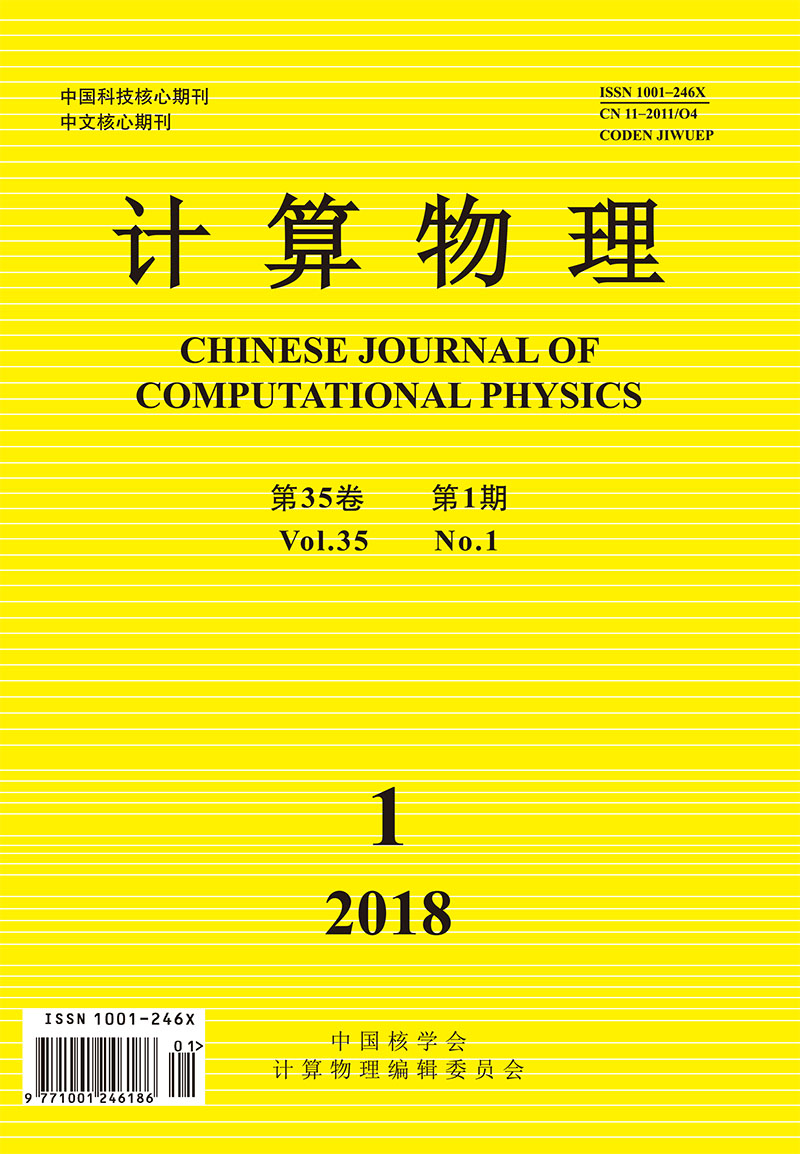|
|
First-principles Calculation of Mn-doped LiMgN Diluted Magnetic Semiconductor
LI Peiyuan, WU Zhimin, YE Qian, CHEN Bo, WANG Chaoqiang, XU Jian, DU Chengxu
2018, 35(1):
103-111.
DOI: 10.19596/j.cnki.1001-246x.7579
With first-principles density functional theory, geometric structures of pure LiMgN, Mn-doped LiMgN, and Mn-doped LiMgN with excess or deficient of Li are geometrically optimized. Electronic structures, magnetic properties, and optical properties were calculated. It shows that Mn doping produces spin polarized impurity bands, which makes materials exhibit half metallic properties. Their properties are affected by stoichiometry of Li. Deficient of Li makes width of impurity band, net magnetic moments and Curie temperature decrease, while half metallic increase. Excess of Li improves width of impurity band, conductivity and Curie temperature, which makes half metallic and band gap decrease. Mn-doped systems have a new dielectric peak in low-energy region, which enhances absorption of low-frequency electromagnetic waves, and shows red-shift. There is an obvious change in complex refractive index function. Energy loss decreases and blue-shift appears only in Li-deficient compound.
|
